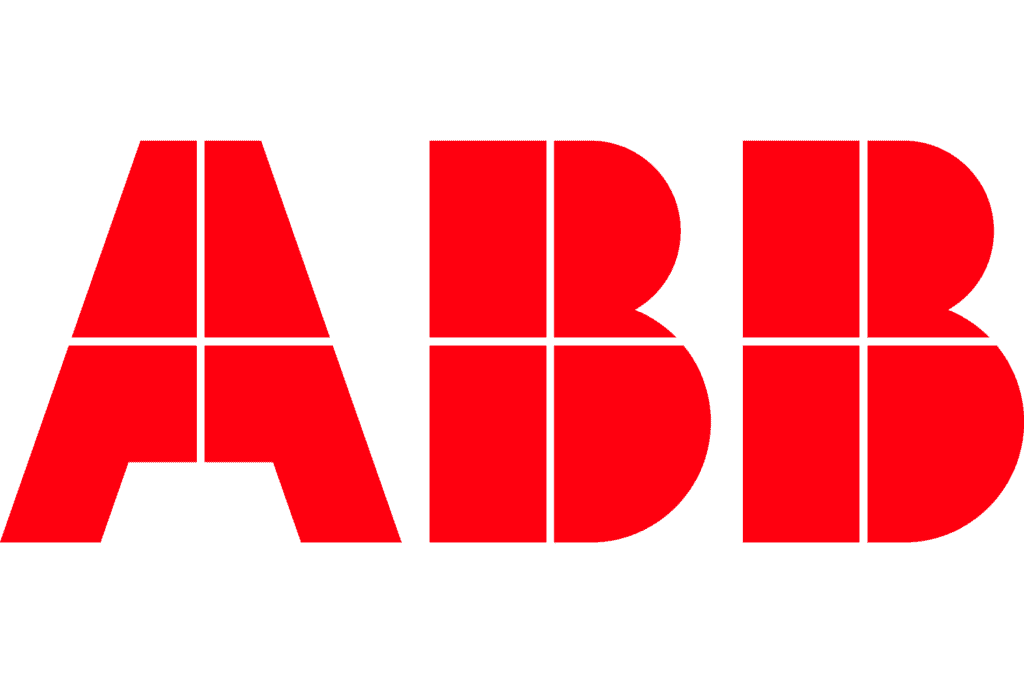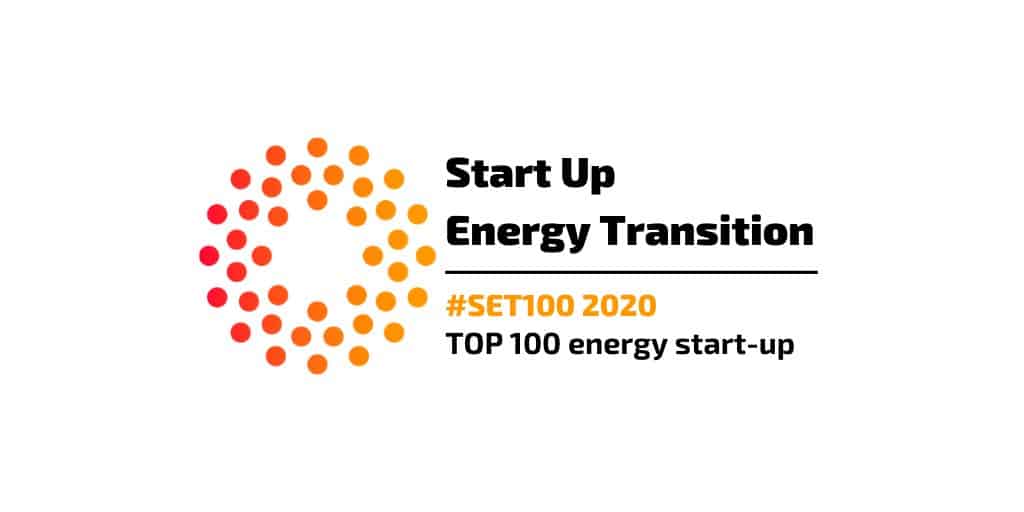It is well recognised that electrification is the most efficient route to realising a global zero-carbon future.
“For 100 years, electricity has been at the heart of societal well-being: it’s been an enabler of economic well-being. This is now the second coming of electricity. It places electricity right at the heart of societal transformation in saving the planet.” – Pat O’Doherty, Eurelectric President
According to a new report this month from the Energy Transitions Commission (ETC), electricity could represent up to 70% of final energy demand by 2050, replacing fossil fuels in everything from transport to heating. To meet such demand, we need to accelerate broad transformation in the power sector with low carbon generation of clean electricity in what’s now being referred to as the ‘Electric Decade’.
In fairly simplistic terms, boosting such low carbon generation unlocks electrification across other industries which then drives further demand for clean electricity. This in turn increases investment in alternative sources and takes green generation to yet another level. We start to see the creation of an essential decarbonisation cycle.
What is clean electricity?
Clean or green electricity is electricity generated from renewable sources (RES) such as wind and solar. As an umbrella term, it can also encompass electricity generated from other alternative sources such as hydro or nuclear. Rapid progress has been made in recent years in RES generation, thanks to plummeting costs and improvements in technology. It does however have its challenges, in particular around inconsistent and unpredictable production and the impact of that on the existing legacy grid systems. As a result, fossil fuels still account for around 60% of global electricity generation, with only 10% coming from a combination of wind, solar and less prominent renewables such as biomass and geothermal. It suggests we still have some way to go for full decarbonisation of the power system.
Where are the biggest opportunities for change for electrification?
As we can see from the decarbonisation cycle, demand is the key to boosting supply. Transport, heating and heavy industry are three of the key end-use sectors which need to significantly lower emissions in order to hit the ambitious global decarbonisation targets but where the transition to using clean electricity as fuel is slow. In transport, for example, only approximately 1% of energy use across road, rail, shipping and aviation globally is currently supplied by electricity. In heating, according to the IEA, buildings consume about 30% of global final energy consumption, but electricity only currently supplies 24% of energy in residential homes and 51% in commercial and public buildings. The opportunity for change here is considerable – electrification includes replacing oil and gas furnaces with electric furnaces in industry and employing electric heating systems such as heat pumps and electric boilers in buildings. You can read more about the challenges for renewable energy in heavy industry in our blog here.
What is standing in the way of electrification?
Many of the adoption barriers to large scale global electrification lie within the design of the existing energy system. Returning to the idea of a decarbonisation cycle, the pursuit of higher levels of clean electricity uptake in other sectors not only has an impact on the power sector but in fact requires significant changes within the power sector for the cycle to even get going.
Despite strong progress, RES production is not yet hitting the levels required and so the first step must be to accelerate capabilities. According to the ETC report, wind and solar must increase global electricity generation from the 10% of today to 40% by 2030 and more than 75% by 2050 in order to adequately meet the growing demands of other sectors. An ambitious target, this increase in clean energy brings barriers of its own. Unlike fossil fuels which can be stockpiled, RES-based electricity needs to be used on a supply/demand basis due to a lack of efficient long-term grid-scale storage solutions. The unpredictable nature of RES generation makes grid management difficult, particularly against a backdrop of legacy infrastructure created originally for one-way fossil fuel production. So, as a second step, we must look to modernise the power sector and accelerate the introduction of a fully demand-responsive system. To avoid the financial burden of replacing physical network infrastructure, solutions can instead be found by investing in greater use of innovative digital technology and complex smart grid data analytics. Digitally reinforcing existing networks in this way will ensure that demand for greater RES production can be accommodated, and new decentralised distributed energy resources can be safely and efficiently integrated.
Finally, to encourage greater take-up of clean electricity where feasible across sectors such as heating and transport, policy makers must play a central role. Policy changes must be made in areas such as taxes and levies on electricity which currently drive costs to a far higher level than gas in most European countries. To encourage electric vehicle adoption, for example, investment must be made at the highest level in charging points and technology to improve battery capabilities. Global commitment to climate change targets must be followed hand-in-hand by global commitment to the investment and action required to achieve them.











